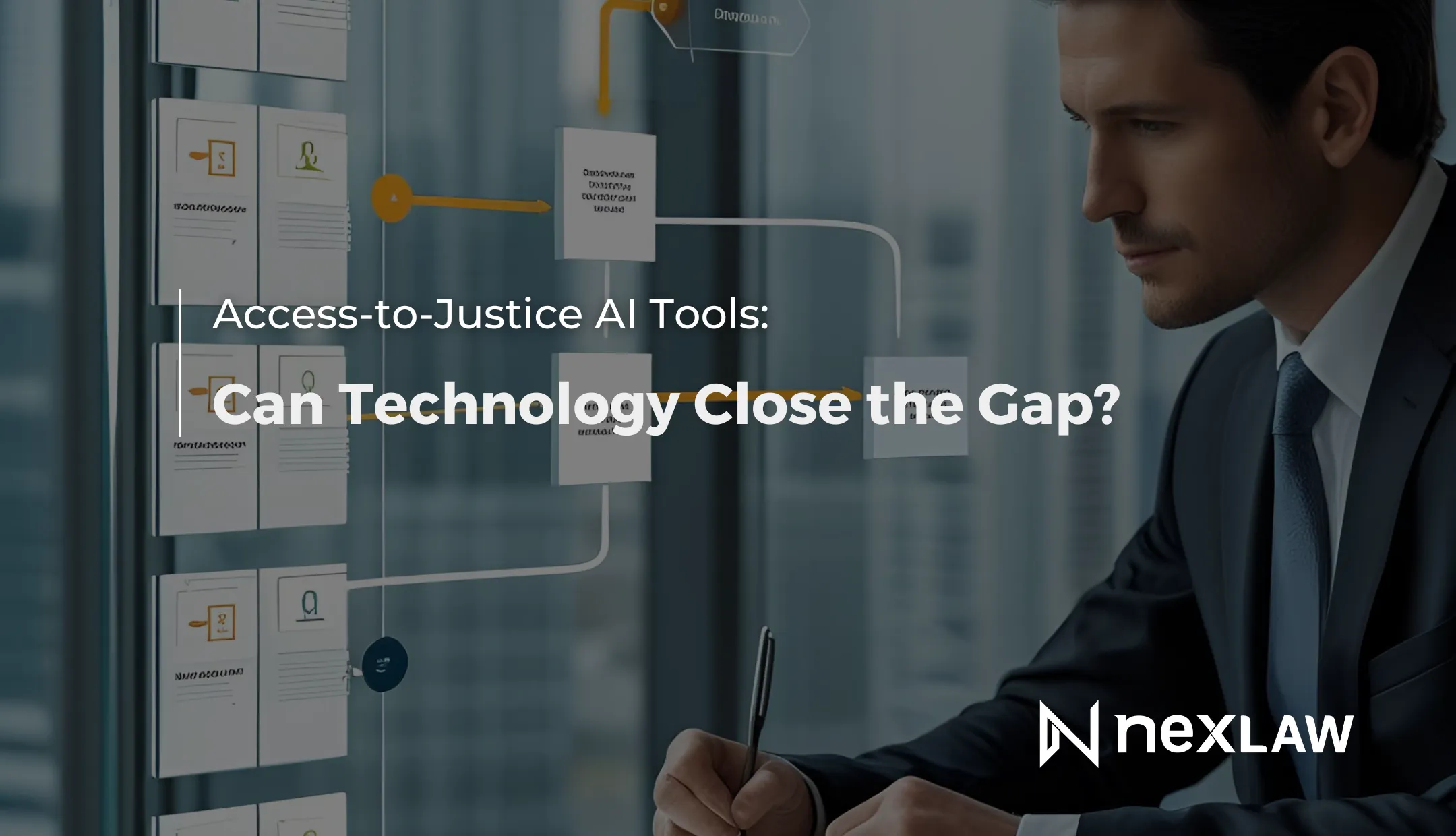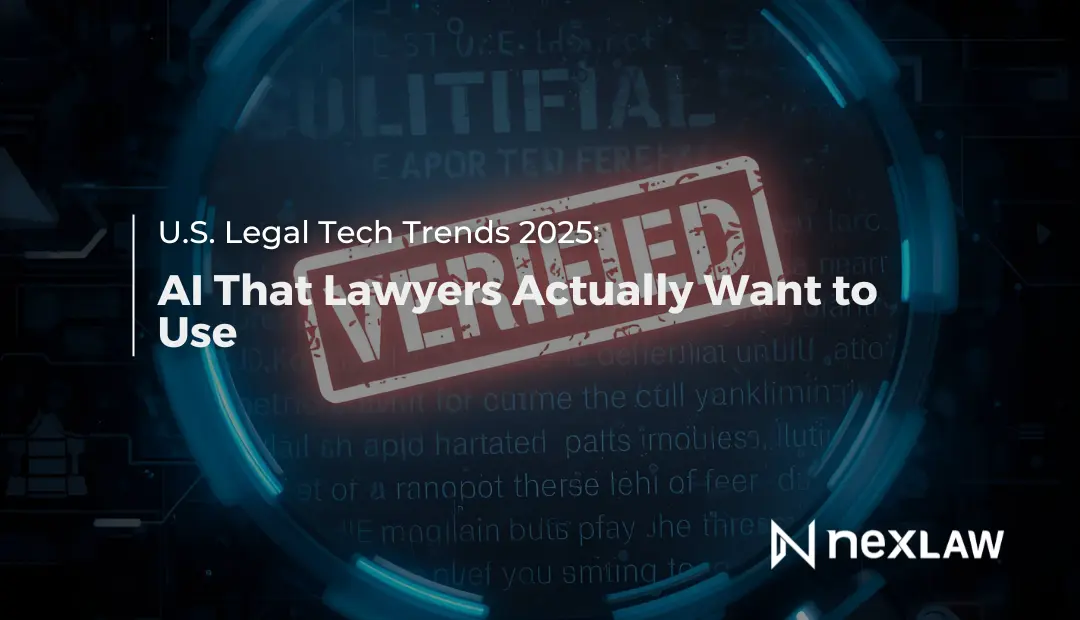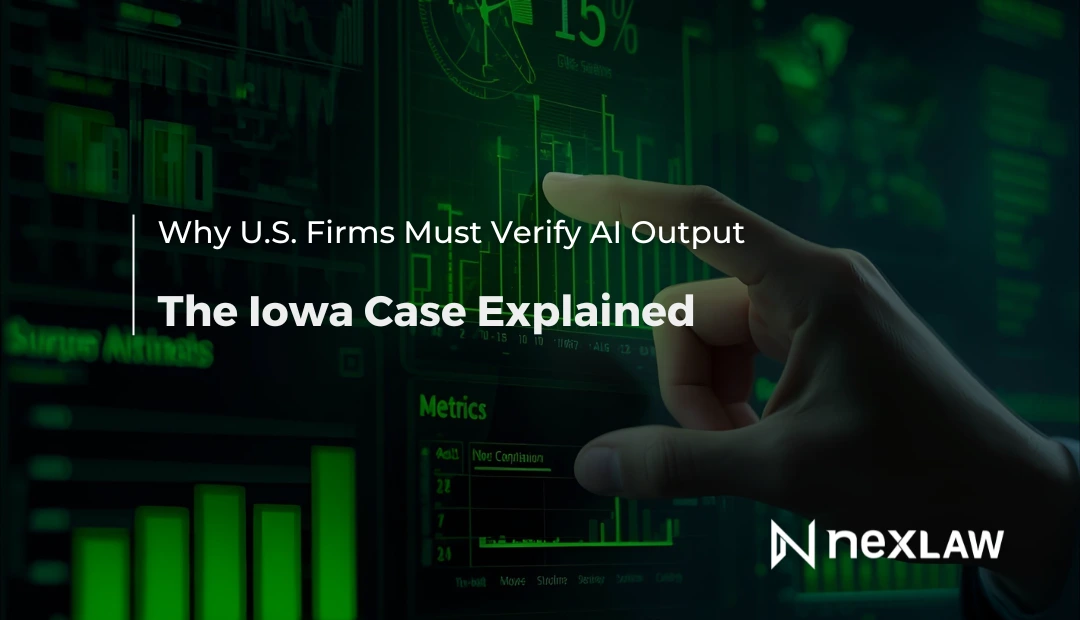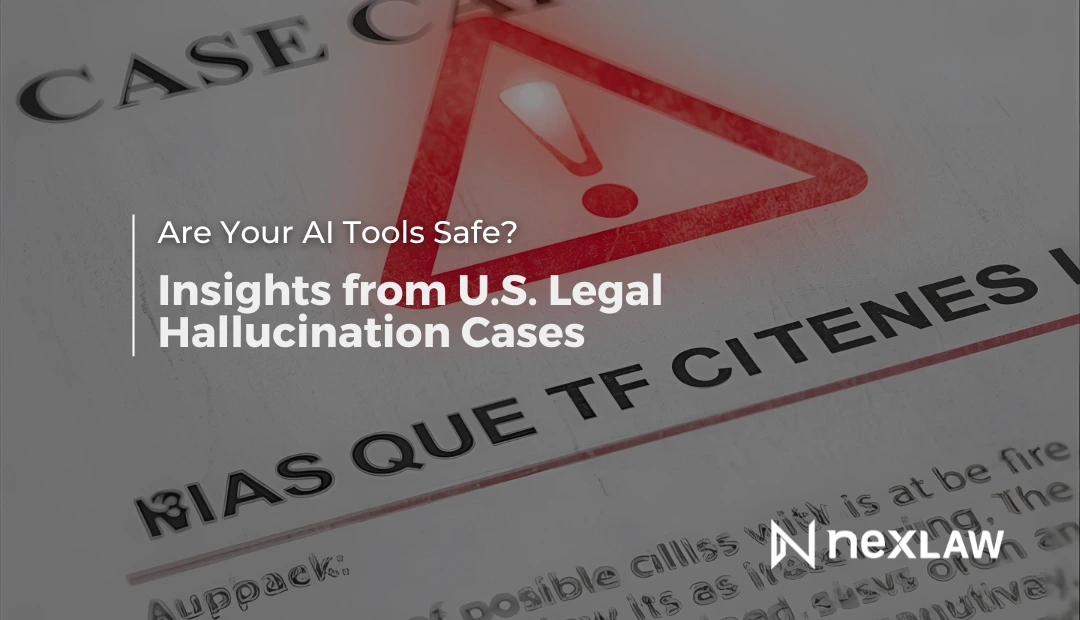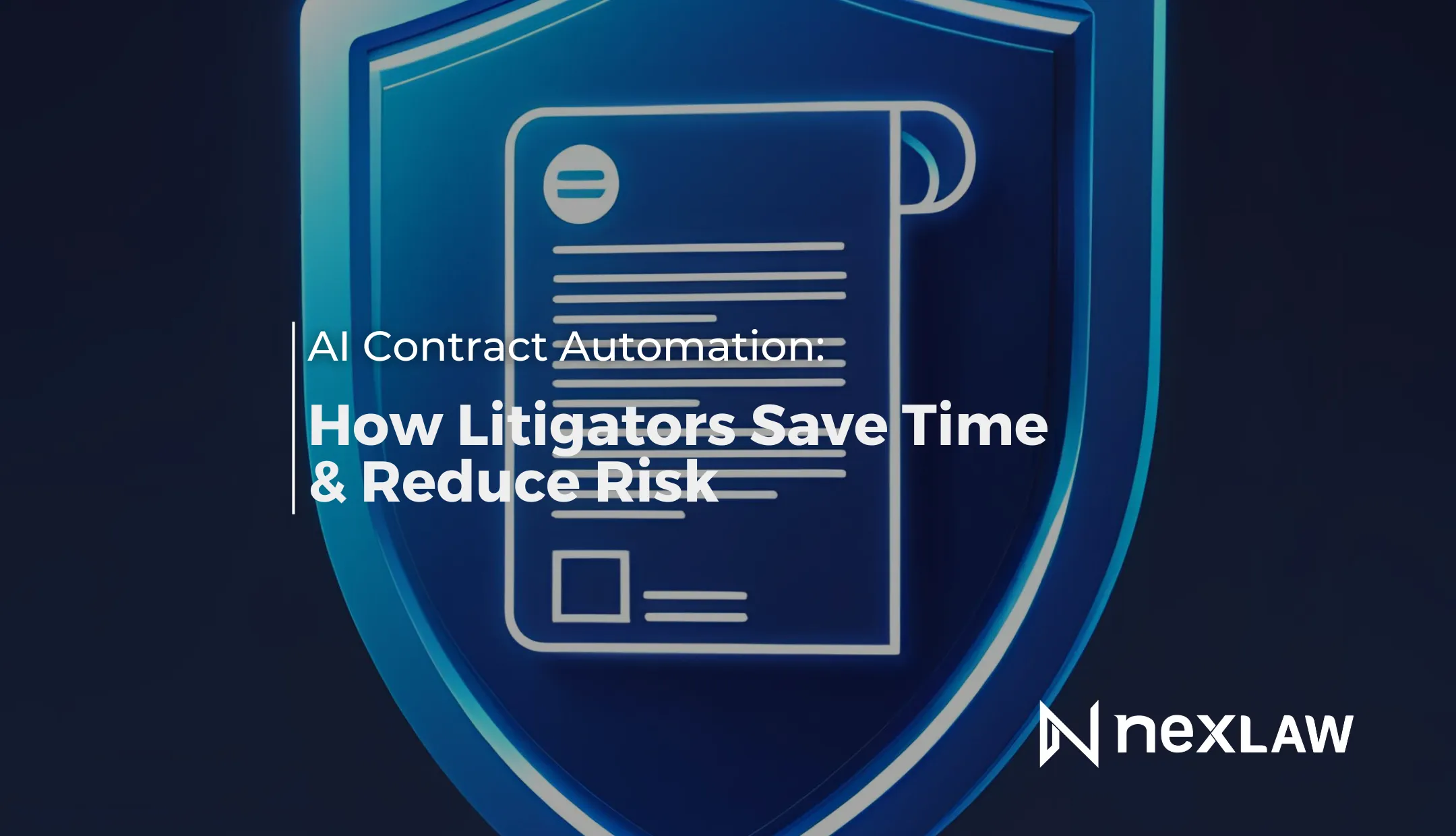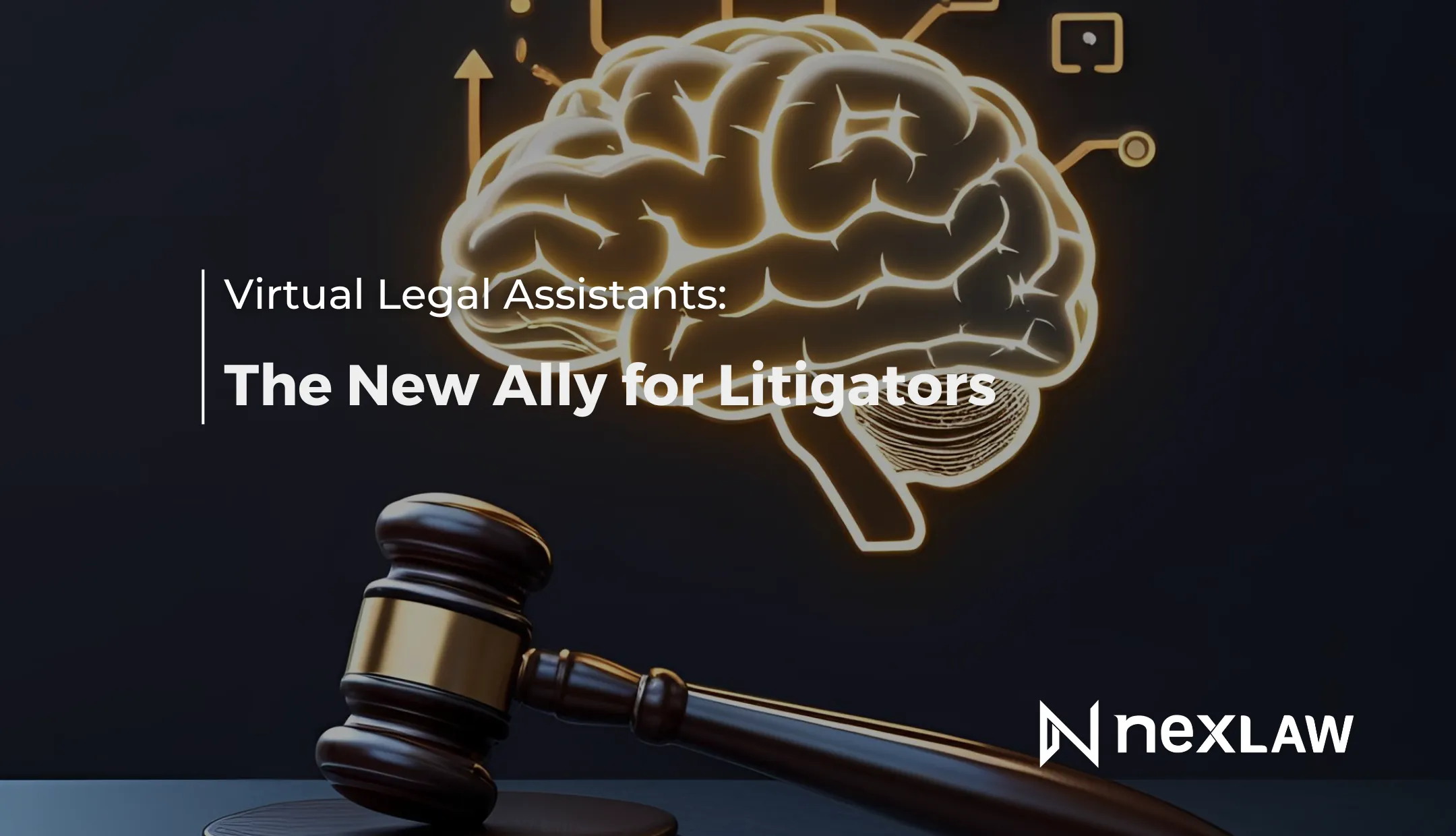Access-to-Justice AI Tools: Can Technology Close the Gap?
The access-to-justice crisis reached a turning point in 2025 when the SRA’s approval of Garfield.Law as the first AI-driven law firm specifically emphasized that “AI-driven legal services could deliver better, quicker and more affordable legal services” for underserved populations. This regulatory milestone coincides with Legal Futures analysis showing that AI tools are “making legal services easier to access and more affordable,” potentially addressing the justice gap that leaves millions without adequate legal representation.
Unlock Legal Insights Instantly!
Recent Bloomberg Law research indicates that “AI tools help lawyers automate manual processes and work more efficiently,” creating opportunities to extend legal services to populations previously priced out of professional representation.
The Justice Gap Crisis and Technology Solutions
Current Access Barriers
Legal expert analysis reveals that traditional legal service delivery models have created systemic barriers preventing access to justice for lower-income populations, small businesses, and rural communities. Skills survey data from 100 major law firms shows that “only 13% have built revenue-generating AI products,” suggesting significant untapped potential for access-focused AI applications.
Primary access barriers:
- Cost prohibitive fees: Traditional hourly billing making legal services unaffordable for many
- Geographic limitations: Legal deserts in rural areas lacking sufficient attorney presence
- Language barriers: Limited availability of multilingual legal services
- Complexity navigation: Pro-se litigants struggling with procedural requirements and legal terminology
AI-Enabled Service Delivery Models
The Garfield.Law model demonstrates how AI can provide regulated legal services while maintaining professional standards. Their system guides small businesses “through the small claims court process up to trial,” showing how technology can extend professional assistance to previously underserved markets.
Technology solutions:
- Automated document preparation: AI-generated legal forms and filings for common legal matters
- Procedural guidance systems: Step-by-step assistance navigating court procedures and deadlines
- Legal information platforms: AI-powered tools providing basic legal education and guidance
- Translation and accessibility: Multi-language support and disability-accessible interfaces
Regulatory Framework and Professional Standards
Professional Responsibility in Access Applications
With 16 state bars addressing AI and legal ethics, access-to-justice applications must balance affordability with professional responsibility requirements. All nine state bar ethics opinions emphasize supervision duties, creating challenges for scaling AI services to underserved populations.
Compliance requirements:
- Supervised service delivery: Attorney oversight of AI-assisted legal services for low-income clients
- Quality assurance standards: Professional responsibility compliance in high-volume, low-cost service models
- Unauthorized practice prevention: Clear boundaries between AI guidance and legal advice
- Client protection measures: Safeguards ensuring vulnerable populations receive appropriate service levels
Innovative Regulatory Approaches
SRA Chief Executive Paul Philip noted that “with so many people and small businesses struggling to access legal services, we cannot afford to pull up the drawbridge on innovations that could have big public benefits,” establishing regulatory precedent for access-focused AI applications.
Regulatory innovations:
- Limited scope representation: AI-assisted services for specific legal tasks rather than full representation
- Regulatory sandboxes: Testing environments for access-focused AI tools with relaxed oversight requirements
- Public-private partnerships: Collaboration between legal aid organizations and AI technology providers
- Performance-based compliance: Outcome-focused regulation emphasizing access improvements over process requirements
Implementation Models and Service Delivery
Legal Aid Organization Integration
Legal expert Andrew Lloyd from Search Acumen predicts that “AI prompt engineering and tool usage will become key features of roles,” particularly in legal aid settings where efficiency gains directly translate to serving more clients with limited resources.
Legal aid applications:
- Intake automation: AI-powered screening and case assessment for legal aid eligibility
- Document assembly: Automated generation of common legal documents for qualifying clients
- Case management: AI-assisted tracking of high-volume caseloads with limited staff resources
- Client communication: Automated updates and education reducing attorney time requirements
Pro Bono Practice Enhancement
David W. Opderbeck from Seton Hall University predicts that “AI-induced gaps in associates’ knowledge and skill bases will emerge,” creating opportunities for AI tools to support attorneys handling unfamiliar practice areas in pro bono matters.
Pro bono support features:
- Practice area guidance: AI assistance for attorneys handling cases outside their usual expertise
- Research automation: Rapid legal research for time-limited pro bono representation
- Document review efficiency: AI-powered analysis of complex cases within volunteer time constraints
- Training and education: AI-supported continuing education for pro bono practice competency
Technology Platform Requirements
Accessibility and User Experience
The Sawaryn & Partners implementation demonstrates how AI systems can maintain “complete data security” while providing user-friendly interfaces, essential for serving populations with limited technology experience.
Accessibility features:
- Mobile-first design: Smartphone-optimized interfaces for populations without computer access
- Simplified navigation: Intuitive user experience design for individuals without legal training
- Multi-modal interaction: Voice, text, and visual interfaces accommodating different user preferences
- Offline capability: Limited functionality without internet access for rural or low-connectivity areas
Security and Privacy Protection
Bloomberg Law emphasizes that “lawyers have a duty to train and supervise nonlawyers who assist them, and this duty also applies to AI assistance,” requiring robust privacy protection for vulnerable populations using AI legal services.
Security considerations:
- Data protection protocols: Enhanced security for sensitive information from vulnerable populations
- Privacy-by-design architecture: Systems built with privacy protection as a fundamental feature
- Consent management: Clear, understandable privacy agreements for users with limited legal sophistication
- Breach protection: Rapid response protocols for security incidents affecting underserved clients
Measuring Access Impact and Effectiveness
Quantitative Access Metrics
Legal Futures analysis predicts that “firms will start trialling new pricing models” as AI drives efficiency improvements, creating opportunities to measure access expansion through technology deployment.
Impact measurement indicators:
- Service volume increases: Number of individuals receiving legal assistance through AI tools
- Cost reduction percentages: Decreased expense for basic legal services through automation
- Geographic expansion: Legal service availability in previously underserved areas
- Client satisfaction scores: Quality assessments from underserved populations using AI tools
Qualitative Outcome Assessment
Expert analysis suggests that “law firms begin to adopt product-focused mindsets, moving beyond traditional services” as AI enables new value creation focused on access rather than traditional profit maximization.
Quality indicators:
- Case outcome improvements: Success rates for pro-se litigants using AI assistance
- Client empowerment measures: Increased legal literacy and self-advocacy capabilities
- System navigation success: Improved procedural compliance and deadline management
- Long-term access sustainability: Continued engagement with legal system through AI support
Strategic Considerations for Implementation
Business Model Innovation
Skills survey data showing that “some firms have stopped using tools citing cost concerns and lack of ROI” emphasizes the need for sustainable business models supporting access-focused AI applications.
Sustainable funding approaches:
- Cross-subsidization models: Profitable AI services supporting access-focused applications
- Grant and foundation funding: External funding for access-to-justice technology development
- Government partnerships: Public sector collaboration for AI-powered legal services
- Sliding fee structures: AI-enabled pricing models based on client income and ability to pay
Bridge the Justice Gap with AI Innovation
The access-to-justice crisis demands bold, scalable solutions. AI-powered tools can break down barriers empowering underserved communities with clearer guidance, faster support, and more inclusive access.
NexLaw AI is built to expand legal access without sacrificing quality or compliance:
- NeXa AI Assistant Delivers simplified legal guidance tailored for non-lawyers, making legal processes more understandable and approachable.
- TrialPrep Supports self-represented individuals with step-by-step case preparation tools, templates, and strategy insights.
- ChronoVault – Converts complex case materials into easy-to-follow timelines, helping pro-se litigants and community advocates navigate with confidence.
Whether you’re a nonprofit, legal tech partner, or forward-thinking firm, NexLaw equips you to serve more, better.
Book a Demo – See how NexLaw supports community impact and legal outreach
Explore Plans – Includes a free 3-day trial to test NexLaw’s access-to-justice tools
GET 15% OFF for annual plans using promo code: ANNIV15MONTHLY or ANNIV15ANNUALY
*t&c applied | visit our website for more details
